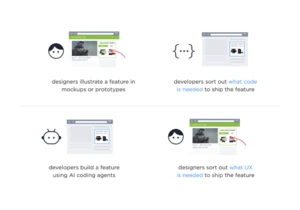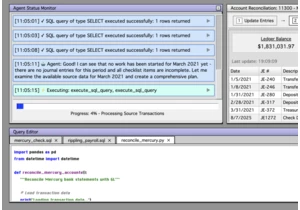Reform Collective’s new site strips away the noise in favor of clarity, performance, and structure—with the tech lead detailing how AI, GSAP, and CSS hacks brought it to life. https://webdesignernews.com/reform-collective-a-new-website-designed-to-be-seen/
Melden Sie sich an, um einen Kommentar hinzuzufügen
Andere Beiträge in dieser Gruppe

From AI assistants to digital platforms, how can we design for rapid mode switching in real life? Reflections about utilitarian and experiential content and why understanding both matters. https://web

For years, it’s been faster to create mockups and prototypes of software than to ship it to production. As a result, software design teams could stay “ahead” of engineering. Now AI c

Now we’re in the agentic era, and that billing octopus grew some new tentacles just for AI agent billing. Or is it a different octopus? I’m not sure. https://webdesignernews.com/the-14-pains-of-billin

Of all the current debates around AI, one critique has stayed with me: that it’s “flattening the bar.” Tools like ChatGPT, the argument goes, make everyone’s writing sound the same — generic, overly p

Despite promising results on synthetic benchmarks (e.g. Vending-Bench, SpreadsheetBench, DSBench), frontier models consistently underperform once they are deployed in complex, real-world situations. h

We’ve gone through glassmorphism, neumorphism, micro-interactions, and parallax scrolling. Some trends look amazing but add nothing. What’s a design trend you wish would just die already? https://webd
Scroll through any modern website or app and you’ll see it: words that slide, bounce, stretch, shrink, fade in and out. It’s not just eye candy. That motion you’re seeing? It has a name: kinetic typog
